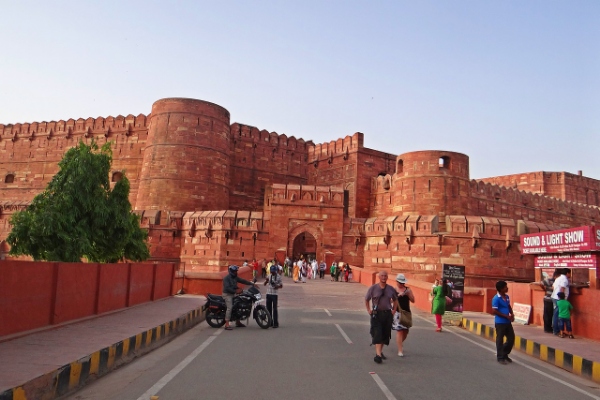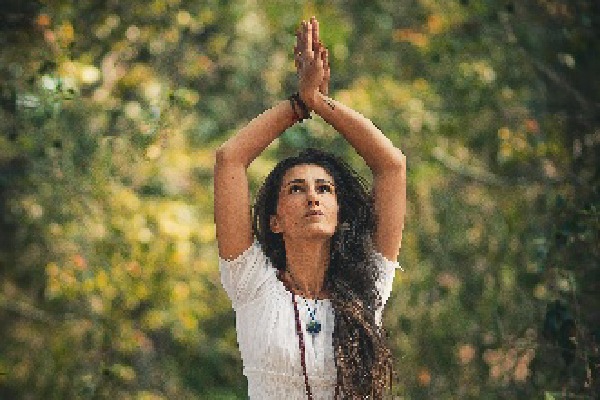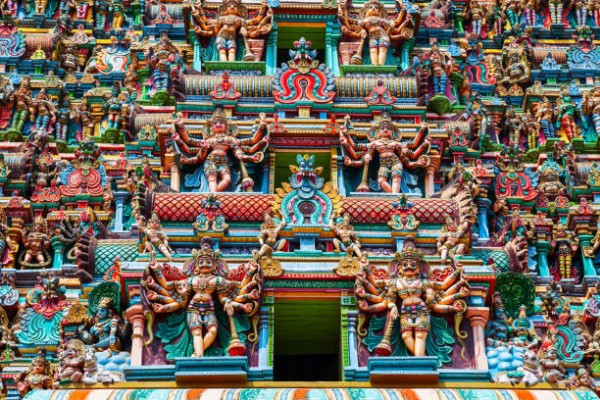Known by another name, Kodagu, Coorg is a well-liked hill resort in the Indian state of Karnataka.Coorg’s (Kodagu) rich and varied history is characterised by a fusion of native customs, colonial influences, and cultural fusion. It is well known for its breathtaking scenery, abundant vegetation, and temperate climate, in this article you can read few standouts and best places to see in coorg as well.
Heritage Cultures
- Kodava Culture: With its own rituals, traditional dress, and festivals like Puttari (harvest festival) and Kailpodh (worship of weapons), the Kodava people have a distinct identity.
- Architectural Legacy: The region’s architecture is influenced by a variety of historical periods, as evidenced by the old temples, colonial-era houses, and forts. Landscapes & Natural Beauty
- Coffee Plantations: Coorg is well-known for its vast coffee plantations, which provide chances for coffee excursions and beautiful scenery. Waterfalls: The area is home to a number of breathtaking waterfalls, such as Iruppu Falls and Abbey Falls.
- Waterfalls: The area is home to a number of breathtaking waterfalls, such as Iruppu Falls and Abbey Falls.
- Forests and Wildlife: The rich biodiversity of the Western Ghats is enhanced by its deep forests and wildlife sanctuaries, such the Nagarhole National Park.
Historical and Cultural Sites ( places to see in coorg)
1.Madikeri Fort: Situated in the town of Madikeri, Karnataka, India, Madikeri Fort is a historically significant building with a colourful past. The fort was first constructed in the late 17th century by Mudduraja, the Coorg king at the time. Over the years, it has undergone numerous additions and alterations. Tipu Sultan rebuilt it in granite at the beginning of the 1800s and gave it the new name Jaffarabad. Afterwards, in 1834, when the British seized possession of the fort, they erected a clock tower and a portico to contain the commissioner’s office. Two life-size masonry elephants at the fort’s entrance, an underground tunnel system, and a chapel that is now a museum are some of its most notable features.
- Omkareshwara Temple: The Coorg king of the time, King Lingarajendra II, constructed the temple around 1820. Its distinctive architectural style, which combines Gothic and Islamic elements, sets it apart from other Hindu temples. The temple has a distinctive appearance akin to a okmosque or a Gothic church because of its central dome and four minaret-like turrets at each corner.Lord Shiva is the main deity of the temple and is revered here as Omkareshwara. The temple was built by the king, so the narrative goes, to placate the ghost of a Brahmin whom he had mistreated.
Experimentation and Engaging Activities
- Camping & Nature Walks: The area’s diverse topography makes it ideal for camping and nature walks, which provide an up-close look at the native plants and animals.
- Trekking: Tadiandamol, the tallest peak in Coorg, and Brahmagiri are well-liked trekking destinations.
- River Rafting: White-water rafting on the Barapole River is a great opportunity.
Cuisine
Pandi Curry (pork curry), Kadambuttu (rice dumplings), and Akki Roti (rice bread or roti) are just a few of the delectable specialties of the unique and delectable Coorgi cuisine.

Ideal Time to visit
The months of October through March are the greatest times to visit Coorg because of the temperate, pleasant weather, which is perfect for outdoor activities and sightseeing. Coorg has excellent road connections, and it can be reached in a few hours by car from the closest airports, which are located in Bangalore and Mangalore. Due to its scenic surroundings, diverse culture, and thrilling activities, Coorg is a popular tourism destination.
Travellers and history buffs will find Coorg to be an intriguing destination because of its rich past, which is woven together by indigenous tenacity, colonial contacts, and cultural development.



